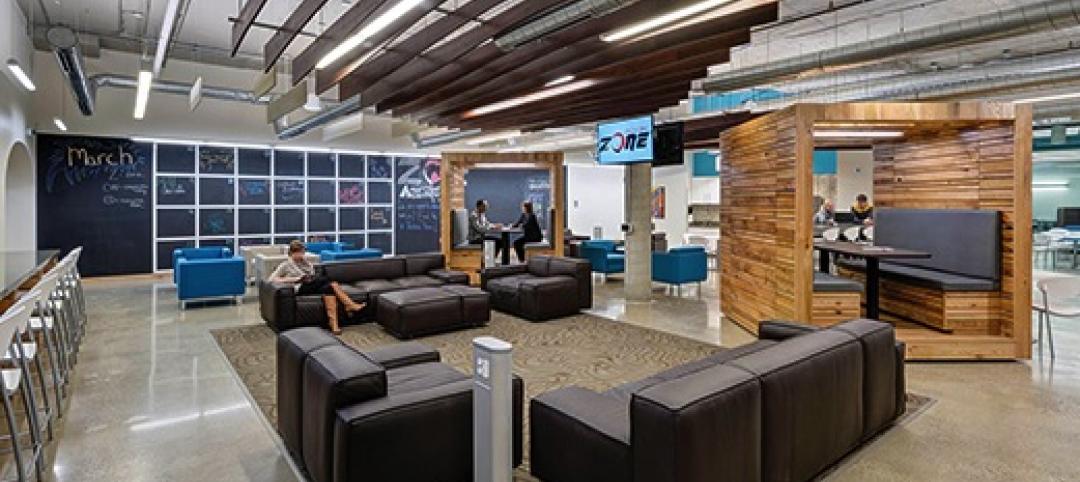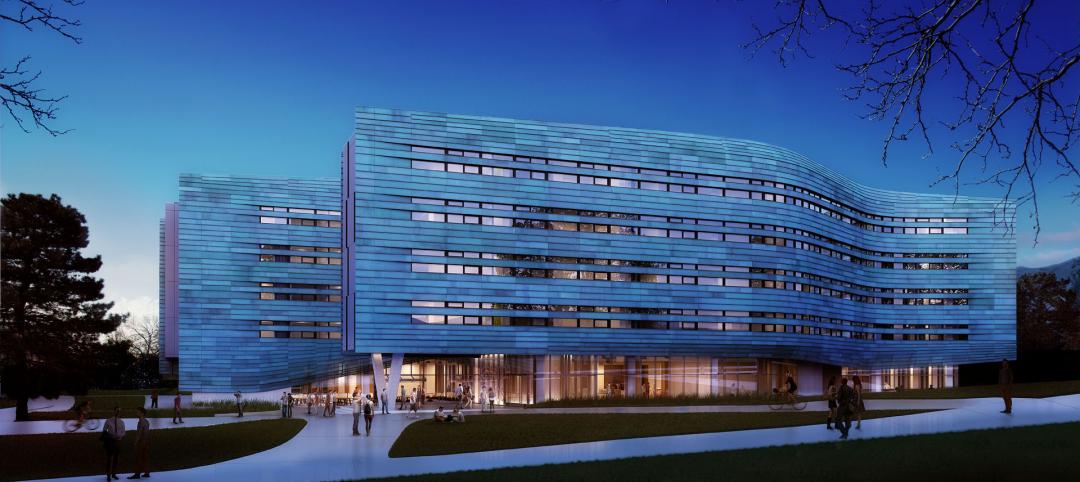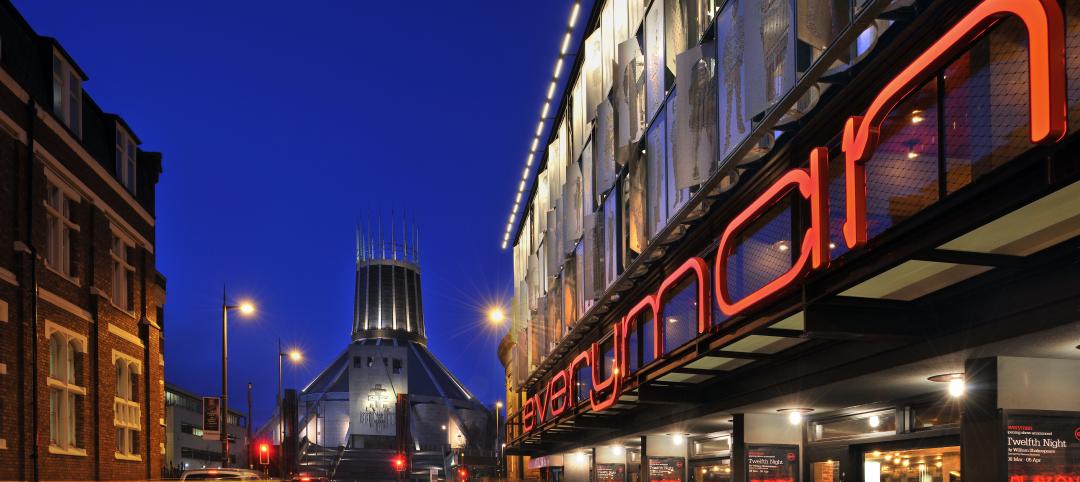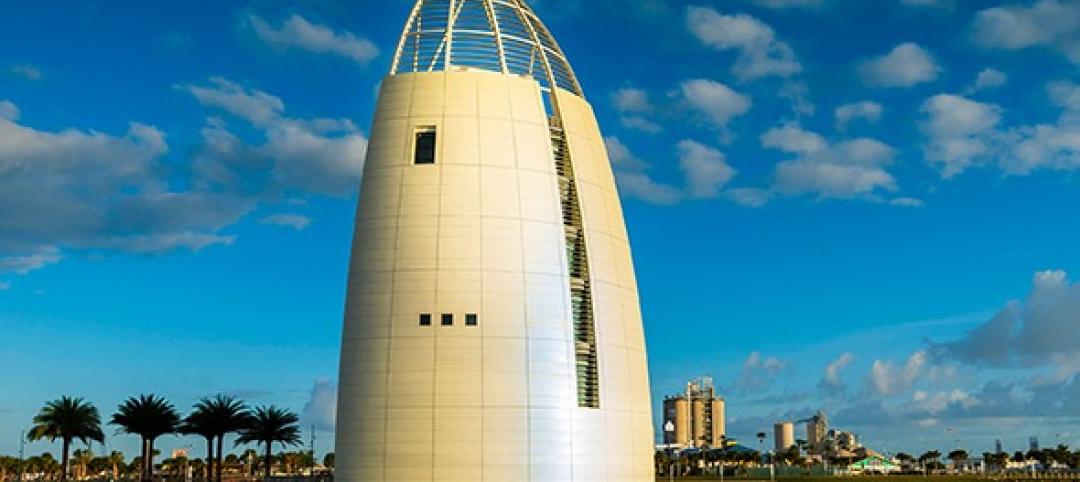The U.S. Green Building Council (USGBC) introduces its latest green building rating system, LEED for Healthcare. The rating system guides the design and construction of both new buildings and major renovations of existing buildings, and can be applied to inpatient, outpatient and licensed long-term care facilities, medical offices, assisted living facilities and medical education and research centers.
“Research has shown that when we are treated and heal in a green healthcare facility – one that has a healthy indoor environmental quality and connects us to the outdoors – we heal faster, have shorter hospital stays and fewer return visits,” said Scot Horst, Senior Vice President of LEED, USGBC. “LEED for Healthcare is now six years in the making, addressing the healthcare industry’s unique green building needs.”
The LEED for Healthcare rating system represents a culmination of close collaboration between the Green Guide for Healthcare (GGHC), a project of the Center for Maximum Potential Building Systems and Health Care Without Harm, and USGBC. The GGHC pilot launched in 2007, and feedback from the projects helped inform the creation of LEED for Healthcare.
“LEED for Healthcare represents a milestone for green building,” said Gail Vittori, Co-Director of Center for Maximum Potential Building Systems and Founding Chair of the LEED for Healthcare Committee. ”Building on the foundational work of the Green Guide for Healthcare, it provides an explicit recognition of health consequences associated with a spectrum of building-related decisions—from location, to water and energy sources and use patterns, and materials specification—and emphasizes integrative design as requisite for a successful design, construction and building performance outcomes.”
LEED for Healthcare was developed to meet the unique needs of a 24-hour operational facility, including process water use related to medical equipment, rural facility locations, patient populations, often with compromised immune systems, sensitive to chemicals and pollutants, patient and staff health and many other issues that are unique to this building type.
The LEED for Healthcare rating system passed USGBC member ballot in November 2010. More than 225 healthcare projects have received LEED certification, with 1,176 in the pipeline as registered projects. Additional tools and resources, including educational workshops, webinars, podcasts, and Reference Guide, will be made available in the coming months when full certification functionality is available.
To learn more about LEED for Healthcare, pre-order a Reference Guide or participate in a rating system- specific workshop, visit www.usgbc.org/leed/healthcare.
U.S. Green Building Council
The Washington, D.C.-based U.S. Green Building Council is committed to a prosperous and sustainable future for our nation through cost-efficient and energy-saving green buildings.
With a community comprising 79 local affiliates, nearly 16,000 member companies and organizations, and more than 162,000 LEED Professional Credential holders, USGBC is the driving force of an industry that is projected to contribute $554 billion to the U.S. gross domestic product from 2009-2013. USGBC leads an unlikely diverse constituency of builders and environmentalists, corporations and nonprofit organizations, elected officials and concerned citizens, and teachers and students.
Buildings in the United States are responsible for 39% of CO2 emissions, 40% of energy consumption, 13% water consumption and 15% of GDP per year, making green building a source of significant economic and environmental opportunity. Greater building efficiency can meet 85% of future U.S. demand for energy, and a national commitment to green building has the potential to generate 2.5 million American jobs. Visit www.usgbc.org to learn more.
LEED
The U.S. Green Building Council's LEED green building certification system is the foremost program for the design, construction and operation of green buildings. Nearly 40,000 projects are currently participating in the commercial and institutional LEED rating systems, comprising nearly 8 billion square feet of construction space in all 50 states and 117 countries. In addition, more than 10,000 homes have been certified under the LEED for Homes rating system, with nearly 38,000 more homes registered.
By using less energy, LEED-certified buildings save money for families, businesses and taxpayers; reduce greenhouse gas emissions; and contribute to a healthier environment for residents, workers and the larger community.
Related Stories
| Oct 22, 2014
Customization is the key in tomorrow's workplace
The importance of mobility, flexibility, and sustainability in the world of corporate design are already well-established. A newer trend that’s gaining deserved attention is customizability, and how it will look in the coming years, writes GS&P's Leith Oatman.
| Oct 21, 2014
Passive House concept gains momentum in apartment design
Passive House, an ultra-efficient building standard that originated in Germany, has been used for single-family homes since its inception in 1990. Only recently has the concept made its way into the U.S. commercial buildings market.
| Oct 21, 2014
Hartford Hospital plans $150 million expansion for Bone and Joint Institute
The bright-white structures will feature a curvilinear form, mimicking bones and ligament.
| Oct 21, 2014
Norman Foster, Zaha Hadid release plans for resorts in Nanjing and Wuhan, China
Jumeirah Group, a hotel group forming a part of investment group Dubai Holding, has chosen Zaha Hadid and Norman Foster to design two of three of its proposed resorts in Nanjing, Wuhan, and Haikou.
| Oct 21, 2014
Inside LEED v4: The view from the MEP engineering seats
Much of the spirited discussion around LEED v4 has been centered on the Materials & Resources Credit. At least one voice in the wilderness is shouting for greater attention to another huge change in LEED: the shift to ASHRAE 90.1-2010 as the new reference standard for Energy & Atmosphere prerequisites and credits.
| Oct 21, 2014
Perkins Eastman white paper explores state of the senior living industry in the Carolinas
Among the experts interviewed for the white paper, there was a general consensus that the model for continuing-care retirement communities is changing, driven by both the changing consumers and more prevalent global interest on the effects of aging.
| Oct 20, 2014
Singapore Sports Hub claims world's largest free-spanning dome
The retractable roof, which measures a whopping 1,017-feet across, is made from translucent ETFE plastic panels supported with metal rigging that arches over the main pitch.
| Oct 20, 2014
Institute for young innovators breaks ground at the University of Utah
The five-story, 148,000-sf building is designed to function like a student union for entrepreneurs and innovators, with a 20,000-sf “garage” that will be open for any student to attend events, build prototypes, and launch companies.
| Oct 20, 2014
UK's best new building: Everyman Theatre wins RIBA Stirling Prize 2014
The new Everyman Theatre in Liverpool by Haworth Tompkins has won the coveted RIBA Stirling Prize 2014 for the best building of the year. Now in its 19th year, the RIBA Stirling Prize is the UK’s most prestigious architecture prize.
Sponsored | | Oct 19, 2014
The Exploration Tower in Port Canaveral dazzles visitors
With a mission to provide the experience of a lifetime, the Exploration Tower at Port Canaveral, Fla., is designed to inspire, as visitors learn about the history and nature of the port and beyond. SPONSORED CONTENT
















